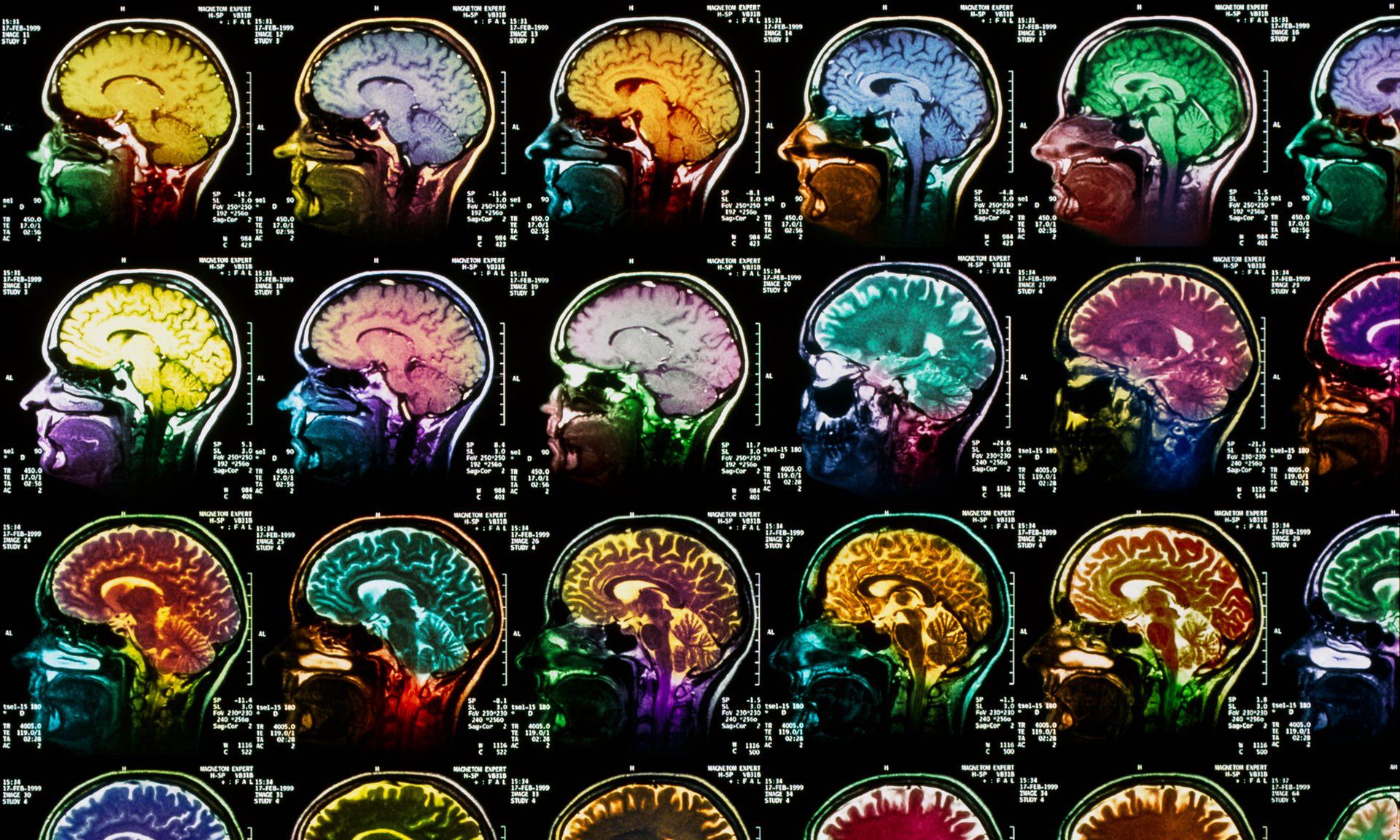The areas of the human brain responsible for sleep are identified.

A joint team of scientists from the United States, Italy and Switzerland recently published the results of work on the study of human brain activity during sleep in order to determine the areas that are responsible for the different phases of sleep and dreaming . As it turned out, not one or two parts of the brain “govern” the dream, everything is a bit more complicated. Interestingly, experts are still discussing the very concept of sleep, trying to understand why it is needed at all.
The study in question sheds some light on this problem. For a long time, it was believed that a person sees dreams only during the BDG-sleep phase (rapid eye movement). At this time, there is an active work of the brain, similar to the work of the brain of an awake person. At the same time, a number of experts note that people see dreams in a quiet phase. “This is a real mystery when a person can have a dream in both phases of sleep or not dream at all,” says Francesca Siclari, one of the authors of the dream work.
Now this puzzle is solved by scientists. It turned out, in particular, that a person sees faces in a dream when the brain area responsible for recognizing the faces of people and the formation of visual images is activated. Dreams with spatial perception, movements and thinking about something manifest themselves during the activation of brain areas that are responsible during wakefulness for, respectively, a sense of space, physical activity and thought process.
')
"This is proof of the fact that sleep is the activity that a person leads during sleep." “Perhaps the sleeping brain and the waking brain are much more similar in terms of activity than anyone could have imagined, since the same areas are involved in both cases.”
Scientists who conducted this study claim that their work is important. They are confident that research can finally help solve the riddle of what dreams are and what is the nature of human consciousness. “The importance of this article is amazing,” says Mark Blaurow, head of the Sleans Lab at Swansi University, commenting on a report published in Nature by his colleagues. Blagoev himself takes an active part in the study. “This can be compared to the discovery of the BDG phase, in a sense, the current research is even more important.”
The work itself is based on observations of the sleep and wakefulness of 46 volunteers. The electrical activity of the brain of all participants in the experiment was recorded during sleep. We are talking about the removal of the encephalogram , a non-invasive way to monitor the operation of the brain. A special mesh with 256 electrodes is put on the patient's head, which allows one to observe the dynamics of the electric field of various parts of the human brain.
Volunteers had to wake up at different times at night (scientists woke up their wards) and talk about what they had dreamed or, on the contrary, had not dreamed. The scale of the work and the difficulties encountered by the participants in the experiments can be judged by the statement of the Siclari: "During the experiment, we woke up the participants about 1000 times." We are talking about the awakenings of all the project participants, and not of each of them, but still, waking up at different times at night is not too pleasant.
If the volunteer said he had a dream, he was asked for details, including the duration of the dream, the objects and people the person had seen, possible movements and all other details that may be important.
The study of the electroencephalogram of participants in the experiment showed that sleep is associated with a fall in the low-frequency activity of the brain, a specific part of it, called the “hot posterior cortical zone”. This area during wakefulness is responsible for visual images and their integration.

Source: Simon Frazer / SPL / Getty Images
In addition, scientists carefully analyzed the changes in high-frequency brain activity, finding that changes in this activity lead to the appearance of dreams outside the BDG phase. After that, experts have identified the area of the brain that is responsible for remembering dreams. It turned out that this same area is partly responsible for the appearance of the dreams themselves.
As a result, scientists were able to remove the "imprint" of dreams from a sleeping brain. And this, in turn, made it possible to learn to understand whether a person is dreaming a dream. The accuracy of the predictions was 87%. Of course, for this, it was again necessary to wake the sleeping volunteers, asking them if they had dreams at the moment of awakening.
In addition to the dreams themselves, the study aims to clarify the nature of human consciousness. By the way, the same Wikipedia states the following about sleep: “Sleep is a special state of consciousness of humans and animals, including a number of stages, regularly repeated during the night (with a normal daily schedule). The appearance of these stages is due to the activity of various brain structures. " Scientists suggest that the emergence of dreams, that is, for the period when a person is in a kind of consciousness, requires a combination of several factors of the brain - tens, if not hundreds. A similar combination is required for the waking period.
Perhaps, the results of the study will help to study some aspects of human memory, and in the future - to find out which zones can be stimulated to obtain those or other sensations.
Source: https://habr.com/ru/post/403071/
All Articles